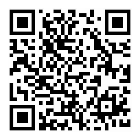BS ISO 9370-1997 塑料制品.風化試驗輻射暴露度的儀器測定.一般指南和基本試驗方法
作者:百檢網 時間:2021-08-02
標準號:BS ISO 9370-1997
中文標準名稱:塑料制品.風化試驗輻射暴露度的儀器測定.一般指南和基本試驗方法
英文標準名稱:Plastics - Instrumental determination of radiant exposure in weathering tests - General guidance and basic test method
標準類型:G31
發布日期:1997/12/15 12:00:00
實施日期:1997/12/15 12:00:00
中國標準分類號:G31
國際標準分類號:83.080.01
適用范圍:1 This International Standard specifies methods for the instrumental measurement of irradiance on a planar surface. This includes both natural and simulated natural exposure testing. 2 Instrumental techniques include the continuous measurement of total solar and spectral solar irradiance (with emphasis on the ultraviolet wavelength region), and the accumulation (or integration) of instantaneous data to provide a total radiant exposure (dosage). 3 Exposure in apparatus using artificial light sources sometimes requires measurement of irradiance and radiant exposure at specified wavelengths in order to monitor and, if required, control the irradiance on a planar surface and/or to define quantitatively the exposure stages of an exposed specimen. Typically, measurements of radiation in the 290 nm to 400 nm band, or narrow-band measurements with centre wavelengths at, for example, 340 nm or 420 nm, are required. However, in contrast to natural exposure conditions, radiation of wavelengths shorter than 300 nm is present in most light sources used in laboratory accelerated tests, and is known to cause rapid degradation in many polymers. In addition, radiation of longer wavelengths can be very important in product degradation such as colour fade. Therefore, it may be very useful to monitor short-wavelength radiation of less than 300 nm and long-wavelength radiation at wavelengths greater than 400 nm. 4 This International Standard does not specify procedures using blue wool standards, chemical actinometry, monochromators or polymeric and other film dosimetry. NOTE 1 This should not be construed to imply that such techniques are undesirable. Efforts are under way in several countries to develop polymeric dosimeters for this purpose. NOTE 2 Monochromators are usually used in spectroradiometric systems where high-resolution precision scanning of a passband is required. 5 The total solar and solar ultraviolet radiation measuring instruments described in this International Standard can be used in the following exposure tests: a) Natural exposure tests Measurement of total solar and solar ultraviolet radiation using the instruments and procedures specified in this International Standard will improve the comparability of exposure tests conducted at different times in a single location. It may also improve the comparability of results obtained in different locations with similar climates. However, comparison of results from exposures in different locations must also consider the effects of temperature, moisture and other climatic factors on the type and rate of product degradation as well as the level of solar radiation. NOTE 3 While the instrument performance data described in tables 1 and 2 may be considered as a specification, especially for instruments that measure total solar radiation, instruments currently available for measurement of solar ultraviolet radiation may not meet all of the performance features listed. b) Comparison between natural exposure and laboratory accelerated tests Measurements of ultraviolet and/or visible radiation using the instruments and procedures specified in this International Standard may aid in comparing results from artificial accelerated tests with those from natural exposure. When this is done, comparison should be made in several passbands. Comparing the radiation in a short-wavelength UV passband is necessary to gauge the relative severity of the exposure and to estimate the risk that the accelerated test might produce degradation reactions that would not occur in a natural exposure. The intensity and spectral distribution of the radiation used in accelerated tests is only one factor in determining the comparability of results obtained in natural exposures. One must also consider temperature, moisture and other climatic factors (notably pollution effects) when making these comparisons. Because of differences between a material's response to increased radiation levels and
中文標準名稱:塑料制品.風化試驗輻射暴露度的儀器測定.一般指南和基本試驗方法
英文標準名稱:Plastics - Instrumental determination of radiant exposure in weathering tests - General guidance and basic test method
標準類型:G31
發布日期:1997/12/15 12:00:00
實施日期:1997/12/15 12:00:00
中國標準分類號:G31
國際標準分類號:83.080.01
適用范圍:1 This International Standard specifies methods for the instrumental measurement of irradiance on a planar surface. This includes both natural and simulated natural exposure testing. 2 Instrumental techniques include the continuous measurement of total solar and spectral solar irradiance (with emphasis on the ultraviolet wavelength region), and the accumulation (or integration) of instantaneous data to provide a total radiant exposure (dosage). 3 Exposure in apparatus using artificial light sources sometimes requires measurement of irradiance and radiant exposure at specified wavelengths in order to monitor and, if required, control the irradiance on a planar surface and/or to define quantitatively the exposure stages of an exposed specimen. Typically, measurements of radiation in the 290 nm to 400 nm band, or narrow-band measurements with centre wavelengths at, for example, 340 nm or 420 nm, are required. However, in contrast to natural exposure conditions, radiation of wavelengths shorter than 300 nm is present in most light sources used in laboratory accelerated tests, and is known to cause rapid degradation in many polymers. In addition, radiation of longer wavelengths can be very important in product degradation such as colour fade. Therefore, it may be very useful to monitor short-wavelength radiation of less than 300 nm and long-wavelength radiation at wavelengths greater than 400 nm. 4 This International Standard does not specify procedures using blue wool standards, chemical actinometry, monochromators or polymeric and other film dosimetry. NOTE 1 This should not be construed to imply that such techniques are undesirable. Efforts are under way in several countries to develop polymeric dosimeters for this purpose. NOTE 2 Monochromators are usually used in spectroradiometric systems where high-resolution precision scanning of a passband is required. 5 The total solar and solar ultraviolet radiation measuring instruments described in this International Standard can be used in the following exposure tests: a) Natural exposure tests Measurement of total solar and solar ultraviolet radiation using the instruments and procedures specified in this International Standard will improve the comparability of exposure tests conducted at different times in a single location. It may also improve the comparability of results obtained in different locations with similar climates. However, comparison of results from exposures in different locations must also consider the effects of temperature, moisture and other climatic factors on the type and rate of product degradation as well as the level of solar radiation. NOTE 3 While the instrument performance data described in tables 1 and 2 may be considered as a specification, especially for instruments that measure total solar radiation, instruments currently available for measurement of solar ultraviolet radiation may not meet all of the performance features listed. b) Comparison between natural exposure and laboratory accelerated tests Measurements of ultraviolet and/or visible radiation using the instruments and procedures specified in this International Standard may aid in comparing results from artificial accelerated tests with those from natural exposure. When this is done, comparison should be made in several passbands. Comparing the radiation in a short-wavelength UV passband is necessary to gauge the relative severity of the exposure and to estimate the risk that the accelerated test might produce degradation reactions that would not occur in a natural exposure. The intensity and spectral distribution of the radiation used in accelerated tests is only one factor in determining the comparability of results obtained in natural exposures. One must also consider temperature, moisture and other climatic factors (notably pollution effects) when making these comparisons. Because of differences between a material's response to increased radiation levels and
相關標準
《YBB 00172002-2015》聚酯/鋁/聚乙烯藥用復合膜、袋 YBB 00172002-2015
《YBB 00072005-2015》藥用低密度聚乙烯膜、袋 YBB 00072005-2015
《YBB 00132002-2015》藥用復合膜、袋通則 YBB 00132002-2015
《YBB00052003-2015》皮膚致敏檢查法 YBB00052003-2015
《YBB00102005-2015》三層共擠輸液用膜 (Ⅰ)、袋 YBB00102005-2015
《YBB 00112005-2015》五層共擠輸液用膜(Ⅰ)、袋 YBB 00112005-2015
《YBB 00262002-2015》口服固體藥用聚酯瓶 YBB 00262002-2015
《YBB 00342002-2015》多層共擠輸液用膜、袋通則 YBB 00342002-2015
《YBB 00022002-2015》聚丙烯輸液瓶 YBB 00022002-2015
《2341》中國藥典2020年版四部通則 2341
《YBB 00072005-2015》藥用低密度聚乙烯膜、袋 YBB 00072005-2015
《YBB 00132002-2015》藥用復合膜、袋通則 YBB 00132002-2015
《YBB00052003-2015》皮膚致敏檢查法 YBB00052003-2015
《YBB00102005-2015》三層共擠輸液用膜 (Ⅰ)、袋 YBB00102005-2015
《YBB 00112005-2015》五層共擠輸液用膜(Ⅰ)、袋 YBB 00112005-2015
《YBB 00262002-2015》口服固體藥用聚酯瓶 YBB 00262002-2015
《YBB 00342002-2015》多層共擠輸液用膜、袋通則 YBB 00342002-2015
《YBB 00022002-2015》聚丙烯輸液瓶 YBB 00022002-2015
《2341》中國藥典2020年版四部通則 2341
百檢網專注于為第三方檢測機構以及中小微企業搭建互聯網+檢測電商服務平臺,是一個創新模式的檢驗檢測服務網站。百檢網致力于為企業提供便捷、高效的檢測服務,簡化檢測流程,提升檢測服務效率,利用互聯網+檢測電商,為客戶提供多樣化選擇,從根本上降低檢測成本提升時間效率,打破行業壁壘,打造出行業創新的檢測平臺。
百檢能給您帶來哪些改變?
1、檢測行業全覆蓋,滿足不同的檢測;
2、實驗室全覆蓋,就近分配本地化檢測;
3、工程師一對一服務,讓檢測更精準;
4、免費初檢,初檢不收取檢測費用;
5、自助下單 快遞免費上門取樣;
6、周期短,費用低,服務周到;
7、擁有CMA、CNAS、CAL等權威資質;
8、檢測報告權威有效、中國通用;
客戶案例展示
相關商品
相關資訊

暫無相關資訊
最新資訊
版權與免責聲明
①本網注名來源于“互聯網”的所有作品,版權歸原作者或者來源機構所有,如果有涉及作品內容、版權等問題,請在作品發表之日起一個月內與本網聯系,聯系郵箱service@baijiantest.com,否則視為默認百檢網有權進行轉載。
②本網注名來源于“百檢網”的所有作品,版權歸百檢網所有,未經本網授權不得轉載、摘編或利用其它方式使用。想要轉載本網作品,請聯系:service@baijiantest.com。已獲本網授權的作品,應在授權范圍內使用,并注明"來源:百檢網"。違者本網將追究相關法律責任。
③本網所載作品僅代表作者獨立觀點,不代表百檢立場,用戶需作出獨立判斷,如有異議或投訴,請聯系service@baijiantest.com



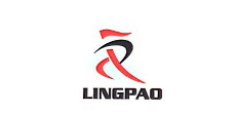
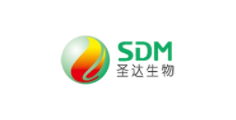
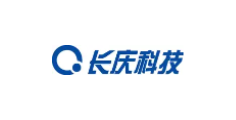
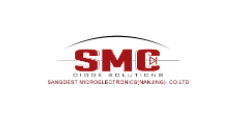
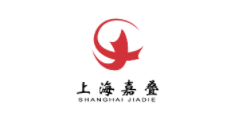
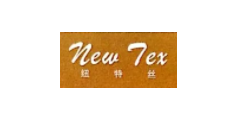
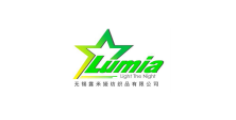
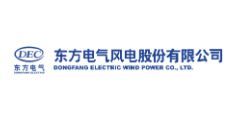

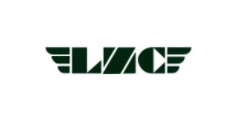
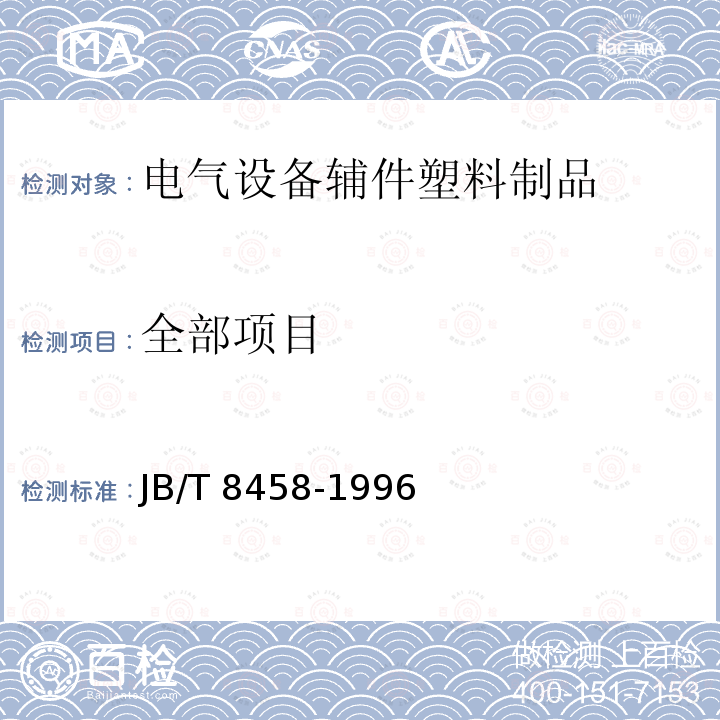
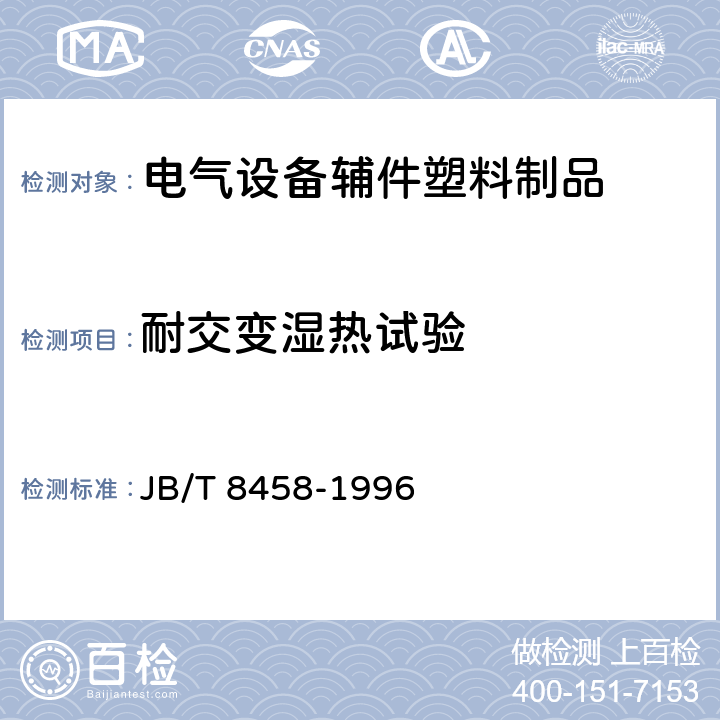
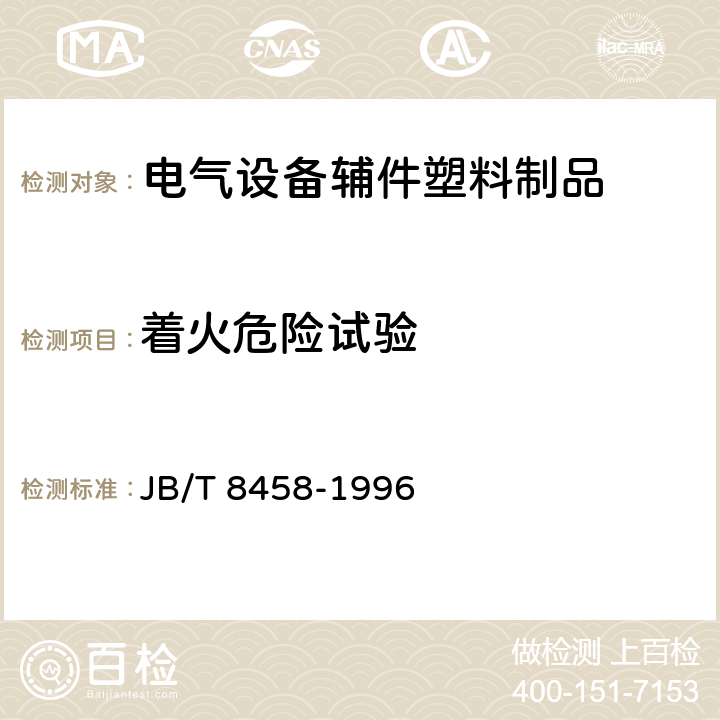
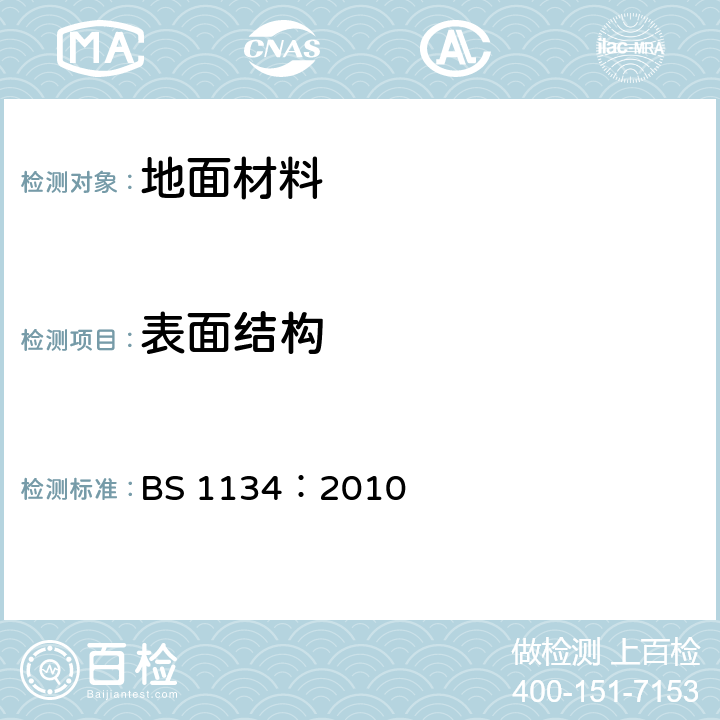
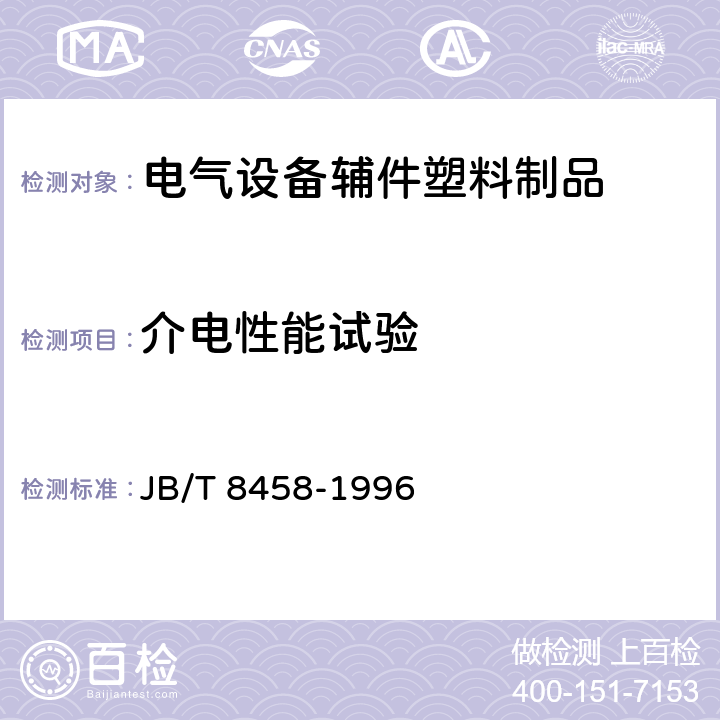

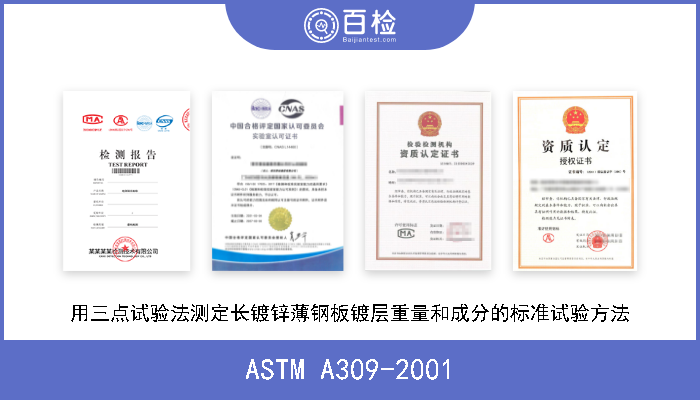
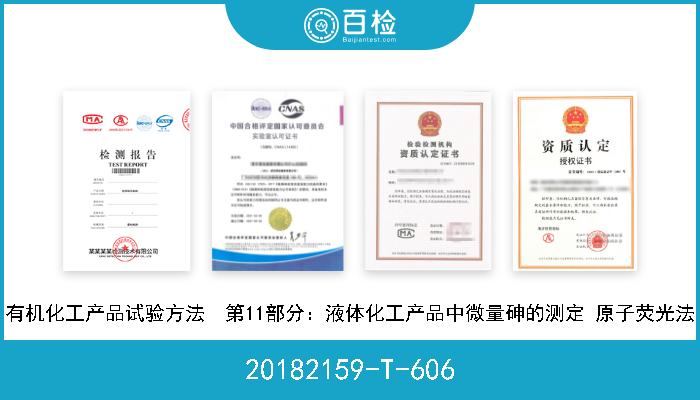
.png)
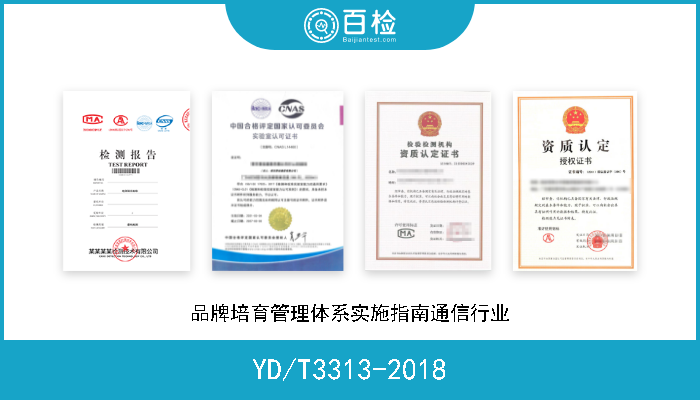
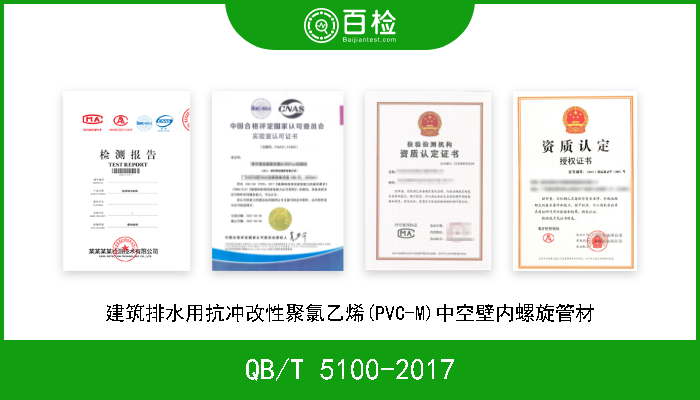
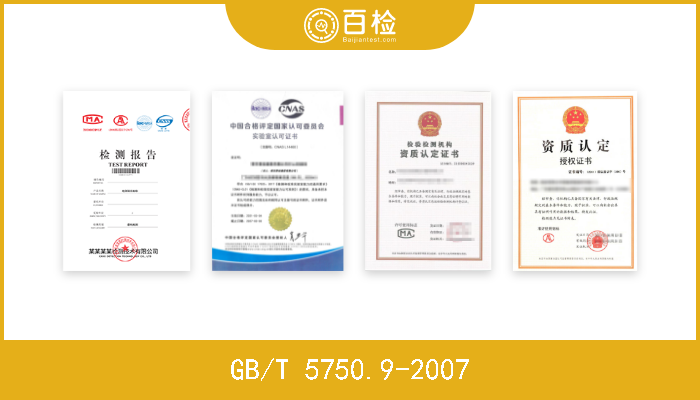
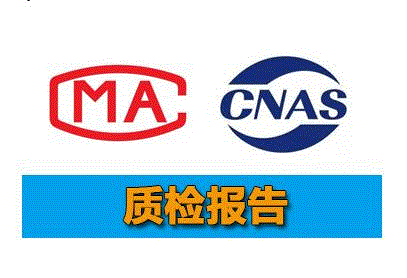
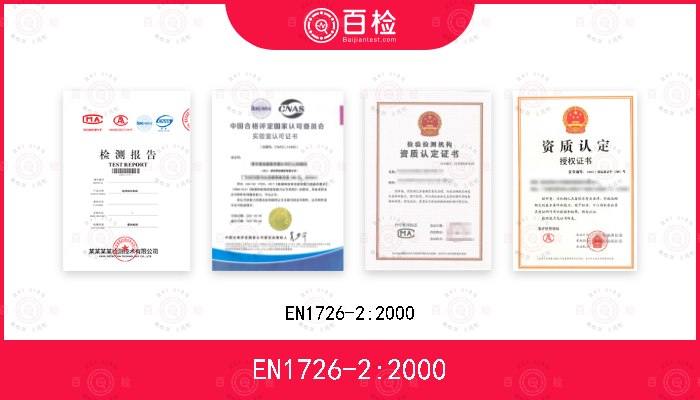
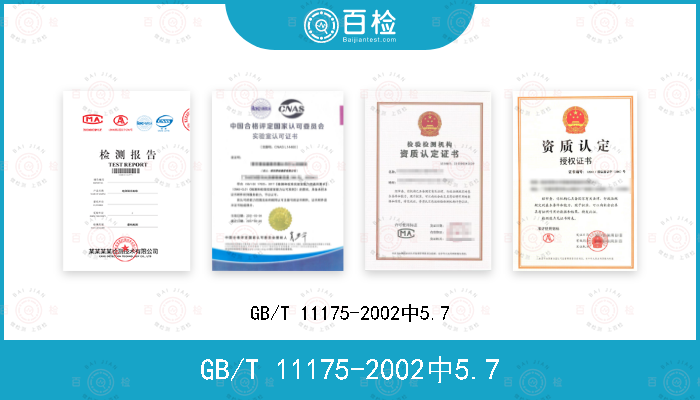


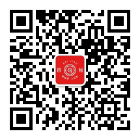
 400-101-7153
400-101-7153 15201733840
15201733840